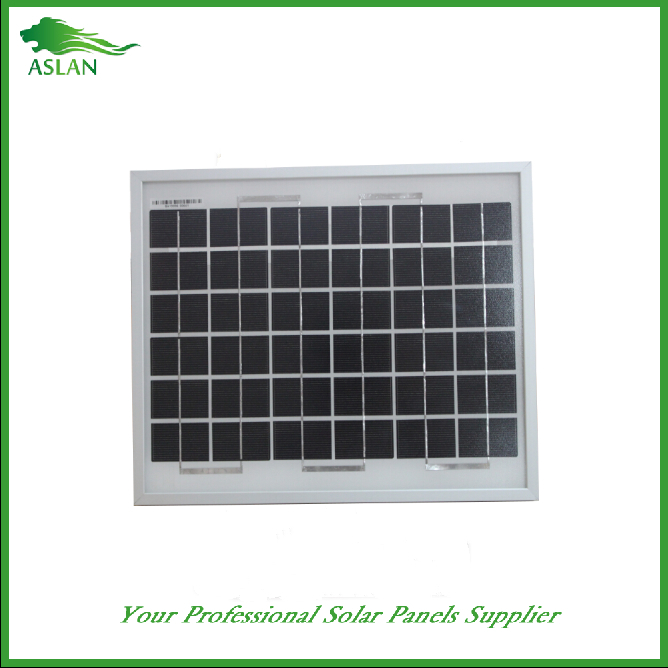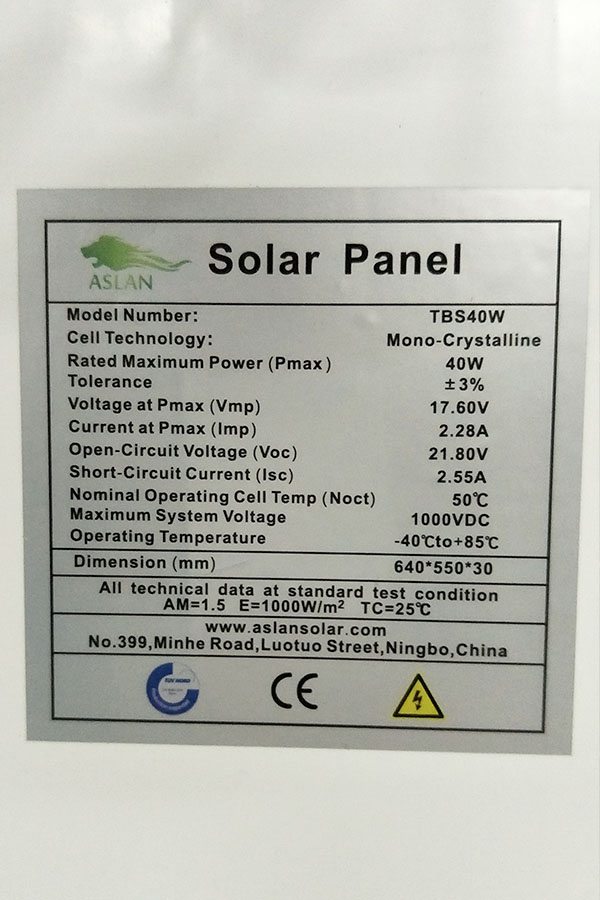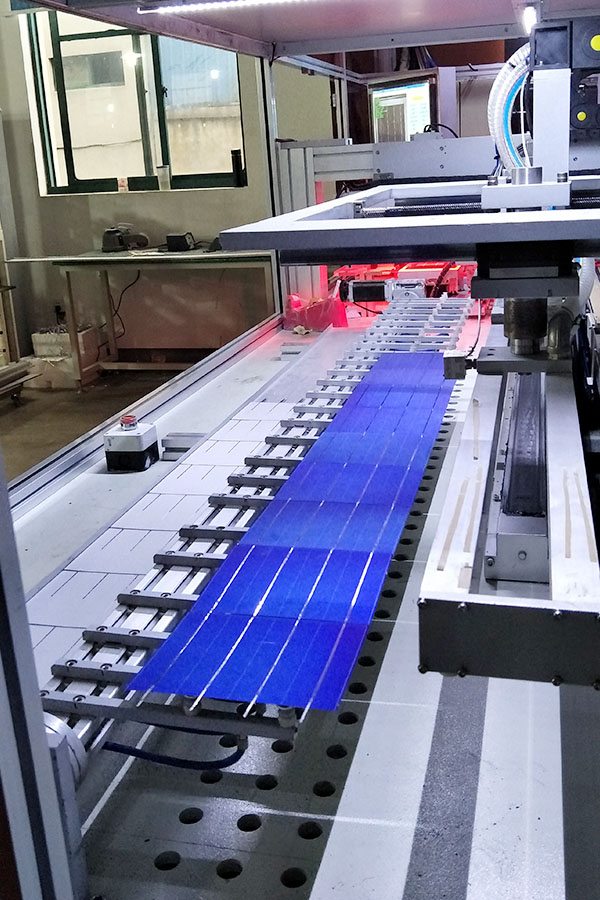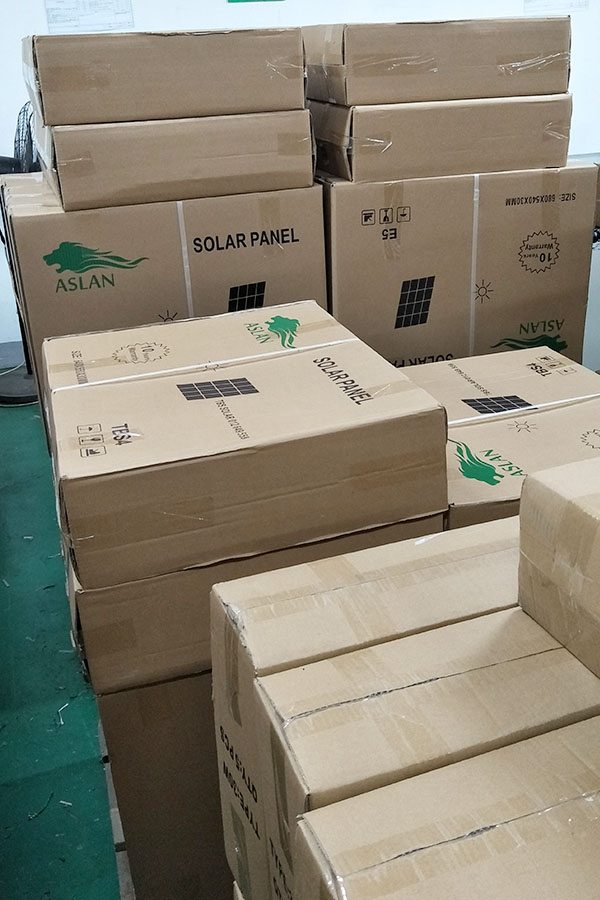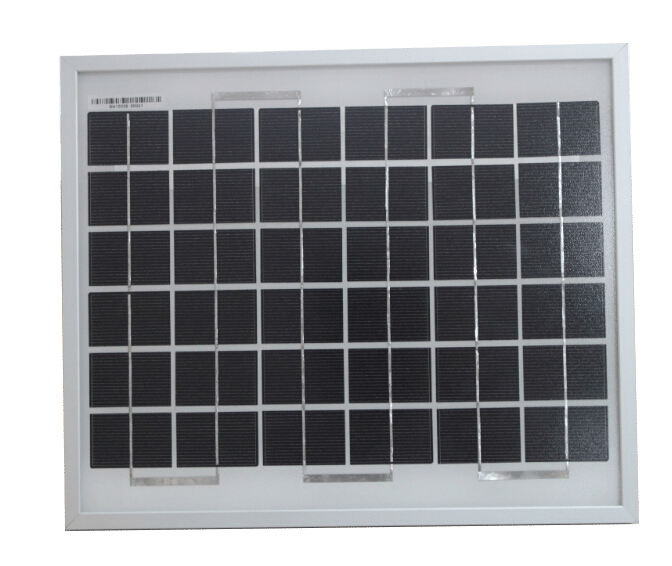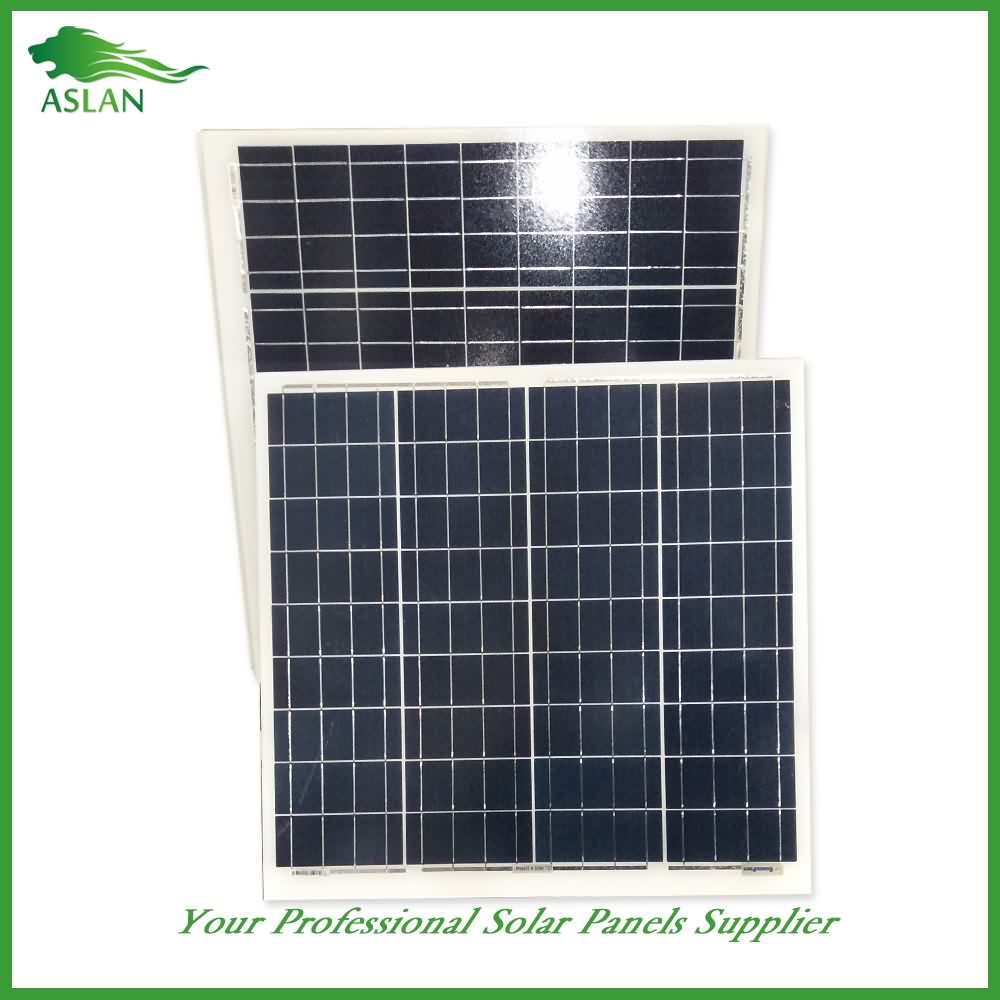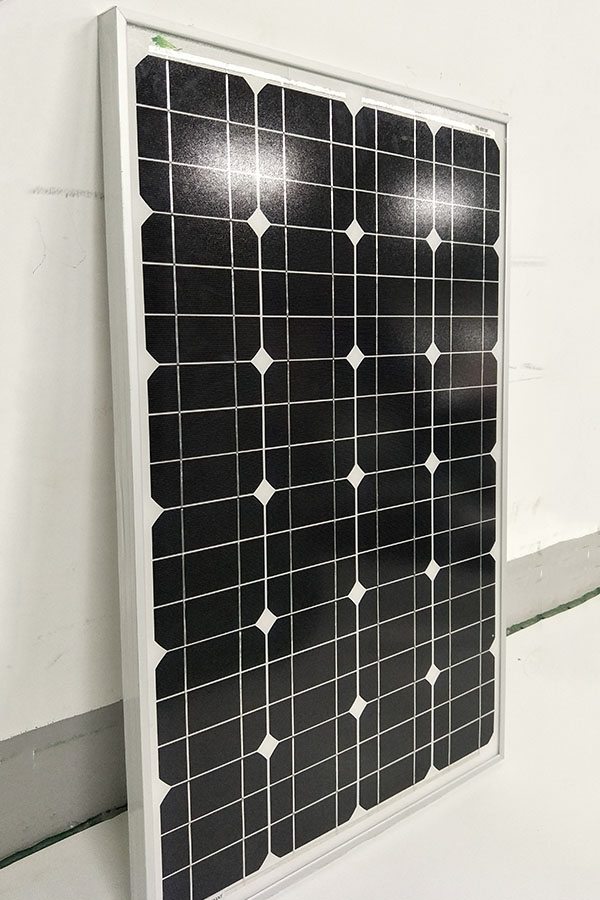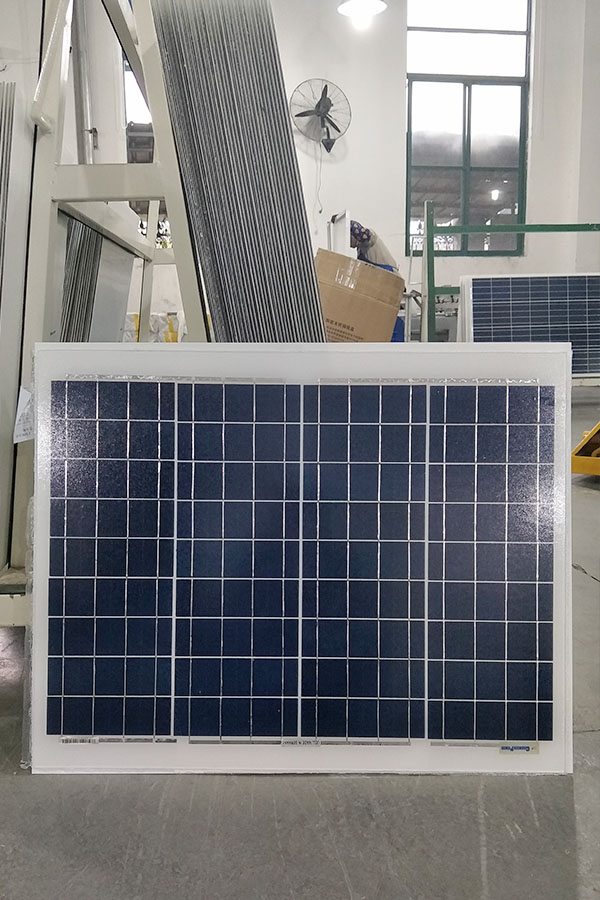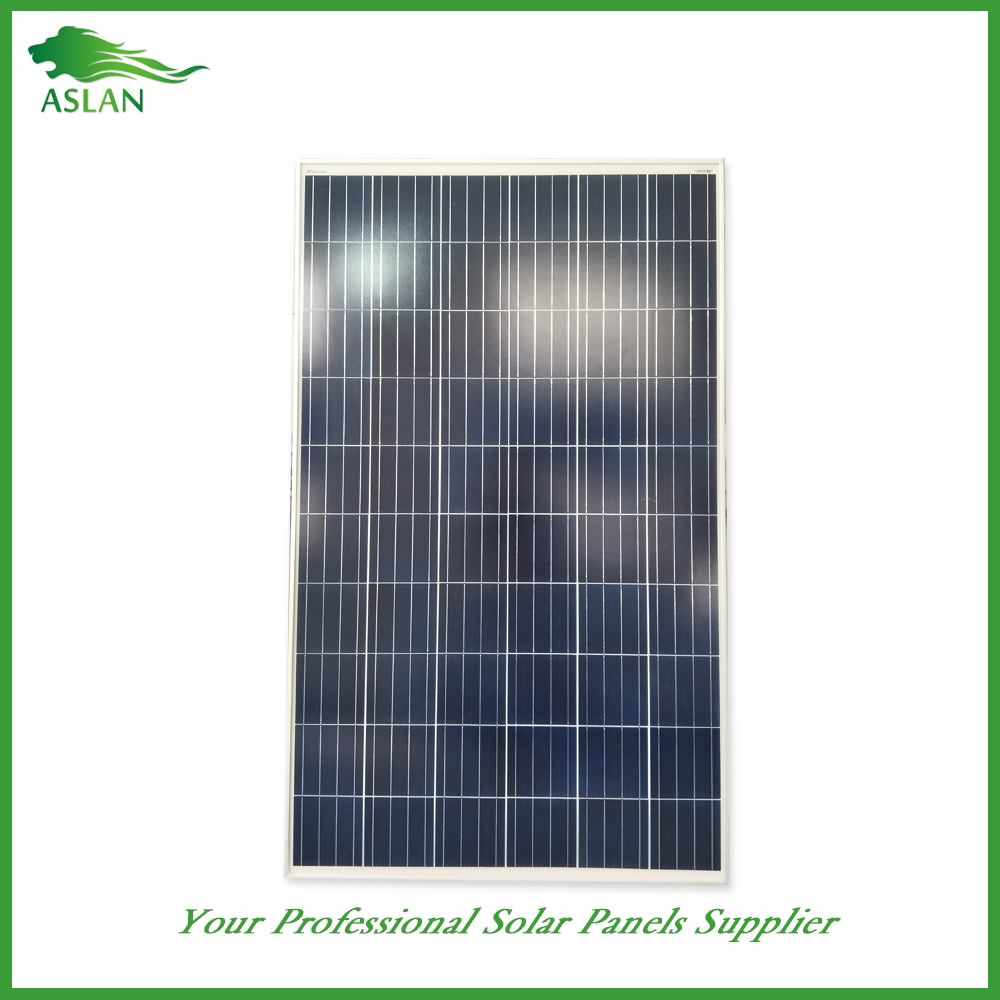Online Manufacturer for Mono-Crystalline 10W Solar Panel for Philippines Importers
Short Description:
With a sound business credit, excellent after-sales service and modern manufacturing facilities, we have earned an excellent reputation among our customers across the world for Online Manufacturer for Mono-Crystalline 10W Solar Panel for Philippines Importers, We welcome you to join us in this path of creating a prosperous and efficient business together.
Mono-Crystalline 10W Solar Panel
Technical parameter
Maximum Power(W) 10W
Optimum Power Voltage(Vmp) 17.56V
Optimum Operating Current(Imp) 0.58A
Open Circuit Voltage(Voc) 21.35V
Short Circuit Current(Isc) 0.64A
Mechanical Characteristics
Cell Type Mono-crystalline 52x35mm
No of Cell 36 (4x9pcs)
Dimensions 250x370x17mm
Weight 1.2Kg
Front Glass 3.5mm,High Transmission, Low Iron,Tempered Glass
Junction box IP65 Rated
Output Cable TUV 1×4.0mm2/UL12AWG,Length:900mm
Temperature and Coefficients
Operating Temperature(°C): -40°C ~ + 85°C
Maximum System Voltage: 600V(UL)/1000V(IEC) DC
Maximum Rated Current Series: 15A
Temperature Coefficients of Pmax: -0.47%
Temperature Coefficients of Voc: -0.389%
Temperature Coefficients of Isc: 0.057%
Nominal Operationg Cell Temperature (NOCT): 47+/-2°C
Materials of solar panel
1).Solar Cell——Mono-crystalline solar cell 52*35mm
2).Front Glass——-3.2mm, high transmission, low iron, tempered glass
3).EVA——-excellent anti-aging EVA
4).TPT——-TPT hot seal made of flame resistance
5).Frame——anodized aluminum profile
6).Junction Box——-IP65 rated, high quality, with diode protection
Superiority: high quality anodized aluminum frame, high efficiency long life, easy installation, strong wind resistance, strong hail resistance.
Features
1. High cell efficiency with quality silicon materials for long term output stability
2. Strictly quality control ensure the stability and reliability, totally 23 QC procedures
3. High transmittance low iron tempered glass with enhanced stiffness and impact resistance
4. Both Poly-crystalline and Mono-crystalline
5. Excellent performance in harsh weather
6. Outstanding electrical performance under high temperature and low irradiance
Quality assurance testing
Thermal cycling test
Thermal shock test
Thermal/Freezing and high humidity cycling test
Electrical isolation test
Hail impact test
Mechanical, wind and twist loading test
Salt mist test
Light and water-exposure test
Moist carbon dioxide/sulphur dioxide
Living in a Van Generator vs Solar Panels. Will Burson of WillBurson.com explains why he thinks solar panels amd alternator will be enough to charge his batteries while living in van.
Thanks for watching this video about Living in a Van Generator vs Solar Panels at https://www.youtube.com/watch?v=G7PLi7RouPk
This is the story of a rogue star that passed through our solar system as recent as 70,000 years ago.
**REMEMBER TO SUBSCRIBE FOR MUCH MORE TO COME**
FʘLLʘW THE VENDOR 101
Subscribe – https://www.youtube.com/c/TheVendor101
Google+ – https://plus.google.com/+TheVendor101
Twitter – https://twitter.com/thevendor101
If you enjoyed this video, then let me know and i will start making current science news videos as well.
70,000 thousand years ago, an alien passed though our solar system. But not a little green man in a flying saucer, a big ball of burning gas. Astronomers have discovered that a real shooting star, came five times closer than our current nearest neighbor Proxima Centauri.No other star is known to have approached this close to us. The object, a red dwarf nicknamed Scholz’s star, cruised through the outer region of the solar system known as the Oort Cloud. The essentially failed star, wasn’t alone either, it was accompanied on its travels by an object known as a brown dwarf making it a binary star system. Astronomers discovered that the dim stars passed a very close 0.8 light years from the Sun, in comparison, our closest neighboring star Proxima Centauri is 4.2 light years away. Researchers observing the stars found that by recording the change in distance from the Sun to the stars and the star’s motion across the sky they could determine the trajectory of the ancient objects. By tracing its movements back in time, they found its close shave with the Sun occurred as recent as 70,000 years ago. The binary star system has a low mass and it was speeding by our solar system at the time which means that the effects caused on the Oort Cloud were very small. Currently Scholz star lies around 20 light years away in the constellation of Monoceros, so at least we haven’t got to worry about that happening again. Or maybe we have… Dr Mamajek of the University of Rochester estimates that a rogue star probably passes through the Oort Cloud every 100,000 years, or so. But he also suggests that an approach as close as the Scholz’s star is somewhat rarer, and is only estimated to occur once every nine million years. Until now, the top candidate for the closest predicted flyby of a star to the Sun was HIP 85605, which is predicted to come close to our Solar System in 240,000 to 470,000 years from now. So the Scholzs star really was to close for comfort and it may of even been visible to the naked eye all those years ago. So Let’s just hope that another one of these infiltrating stars, doesn’t head our way any time soon.
So theirs a story about a rogue star that if it had been around 1 light year closer, you wouldn’t be here and watching this video, so to celebrate hit the like button and if you haven’t already subscribe for much more to come.
